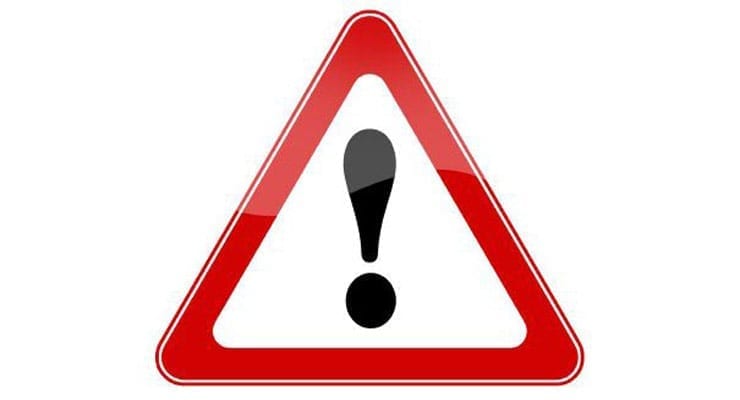The following is a guest post by Rick Console.
You may think that your home is the safest place for your child, but it’s not.
There is danger lurking around every corner (in fact, the corners themselves can be dangerous), but this does not have to mean your child will be injured. There are simple safety techniques you can employ in your home to keep your child safe from dangers you didn’t even know existed.
The first unknown danger that poses a threat to your child’s safety is falling furniture. When soon-to-be-parents are baby-proofing their homes, they think of all the common risks: sharp corners, cabinet locks, and maybe even a lock on the toilet bowl. They rarely think that their child could cause a large piece of furniture to fall over. This is a dangerous assumption, however, because it is not the weight, but the angle at which the furniture is moved that could make it fall. For example, a teenager may be unable to move a bureau on their own, but all a child needs to do is open the bottom draw and try to climb in; that could be enough of a jolt to tip it over.
Here are some tips to stabilize large pieces of furniture:
1. Anchor movable pieces of furniture to the wall. You can find these anchors at any hardware store.
2. Do not place TVs or large electronics on furniture that is not appropriate. In other words do not try to place a TV on a nightstand that is too small for it.
3. Do not put toys on top of high furniture. Your child may catch a glimpse of their toy and, even if they are not typically a climber, try to retrieve it.
4. Keep all cords, wires, etc. out of reach. Place them behind the furniture so that a child cannot tug on the wires, as this could cause the electronic to fall on them.
Furniture is not the only threat; your child’s own toys may put them in harm’s way. It is important that as a parent, you are proactive when it comes to your child’s play things.
Here are a few tips to keep playtime safe:
1. Always make sure that the toy or game is age appropriate. These ages are marked on packaging for a reason. Games or toys with small parts will not be appropriate for children under the suggested age.
2. Clean toys regularly. Children are not very clean-conscience. They often will put their hands in their mouths and then touch a toy or put the toy in their mouth. To prevent the spreading of germs, you should clean the toys once a week. Some can go in the dishwasher! Just check to make sure they are dishwasher safe; otherwise wash with warm, soapy water. For super dirty toys, a bleach-water mixture can be used to clean the toys; just be sure to rinse thoroughly.
3. Always be on the lookout for broken or recalled toys. These are unsafe and should be taken from the child immediately. The Consumer Product Safety Commission posts product recalls each day. Check their website often!
As parents, we do what we can to keep our children safe. Unfortunately, sometimes despite our efforts accidents do occur.
Rick Console the proud father of two young boys from Cherry Hill, New Jersey and has dedicated his adult life to promoting safety at home, in the work place, and even out of the play ground.





